-
Azerbaijan Greenwashes Authoritarianism at COP29
 Free to read
Free to readAzerbaijan Greenwashes Authoritarianism at COP29
Arzu Geybulla argues that the host country’s centralized dynastic regime is utterly incapable of meeting climate targets. -
Global Tensions Over China’s Overcapacity Will Rise Under Trump
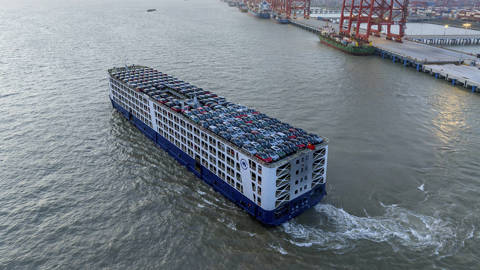
Global Tensions Over China’s Overcapacity Will Rise Under Trump
Brendan Kelly considers the economic and geopolitical implications of the country’s controversial industrial strategy. -
Trump Won, but Trumpism Did Not
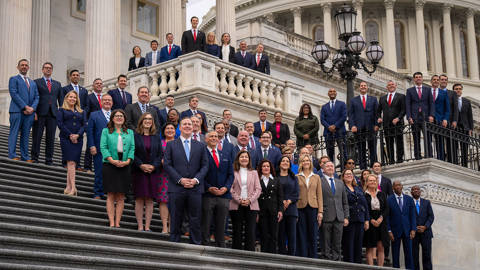
Trump Won, but Trumpism Did Not
Bruce Ackerman thinks the president-elect’s agenda will falter as many congressional Republicans eye the midterm elections. -
The G20 Must Help Africa Close the Climate-Finance Gap
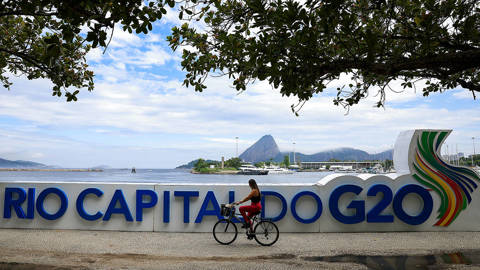
The G20 Must Help Africa Close the Climate-Finance Gap
Raila Amolo Odinga urges world leaders to ensure the continent's governments can invest in resilience and clean energy. -
Crunch Time for the WHO
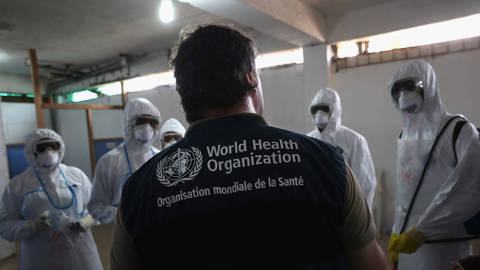
Crunch Time for the WHO
Gordon Brown calls on wealthy countries to ensure that the World Health Organization can confront emerging threats. -
PS Events: COP29 Live From Baku Session 2
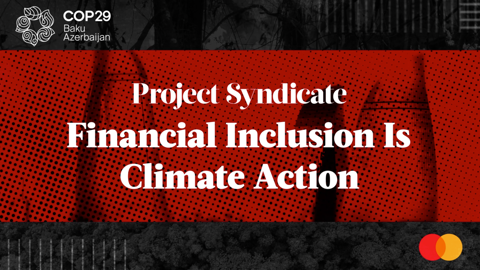
PS Events: COP29 Live From Baku Session 2
PS editors present our second session from COP29, Financial Inclusion is Climate Action. -
The EU Needs a Strong Clean Industrial Deal
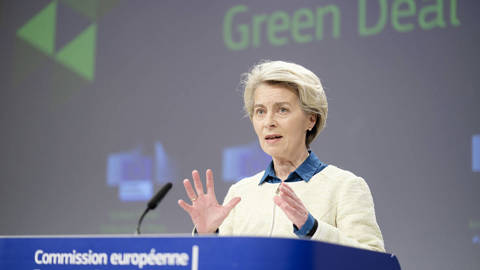
The EU Needs a Strong Clean Industrial Deal
Jean Pisani-Ferry, et al. tout a strategy that combines decarbonization with measures to boost competitiveness and social cohesion. -
The World’s Babies Need Antibiotics, Not Just Vaccines

The World’s Babies Need Antibiotics, Not Just Vaccines
Glenda Gray urges the international community to help African countries prevent infant deaths from treatable infections. -
How Trump Did It

How Trump Did It
Not only did Donald Trump win last week’s US presidential election decisively – winning some three million more votes than his opponent, Vice President Kamala Harris – but the Republican Party he now controls gained majorities in both houses on Congress. Given the far-reaching implications of this result – for both US democracy and global stability – understanding how it came about is essential.

POTSDAM – In 1845, Captain Sir John Franklin of the British Royal Navy led 128 men on two iron-plated steam ships, Erebus and Terror, into the Arctic, where they eventually disappeared. The voyage was the culmination of four centuries of failed attempts to navigate the Northwest Passage – a direct route from Europe to Asia across the Arctic Ocean – and remains one of the greatest tragedies in the history of polar exploration.
Today, a far greater Arctic tragedy is unfolding: the Arctic sea-ice cap is melting. Last month, an unprecedented new low was reached after decades of decline. Indeed, the ice cap’s area has decreased by half since the 1980’s, when summer sea-ice still extended over roughly seven million square kilometers, as opposed to less than four million today. It is now likely smaller than it has been for at least a millennium and a half.
In 2007, the Northwest Passage was ice-free for the first time in living memory. Boats of all sizes – including cruise ships – have sailed through easily in summers since then.
Walt Meier of the United States’ National Snow and Ice Data Center describes today’s ice cap as “crushed ice.” And it is getting thinner. In the last three decades, its volume has shrunk by roughly three-quarters. As the University of Laval’s Louis Fortier puts it, “we are three-quarters of the way to ice-free summers in the Arctic Ocean.”
In addition to the sea-ice loss, satellite data show that Greenland’s three-kilometer-thick continental ice sheet is also melting at a record rate. In July, 97% of the sheet’s surface was affected. The meltwater runoff in western Greenland was so strong that it swept away an important road bridge across the Watson River.
This ice loss, caused largely by human-induced global warming, has far-reaching environmental, geopolitical, and economic consequences.
Secure your copy of PS Quarterly: The Year Ahead 2025
The newest issue of our magazine, PS Quarterly: The Year Ahead 2025, is almost here. To gain digital access to all of the magazine’s content, and receive your print copy, upgrade to PS Digital Plus now at a special discounted rate.
Subscribe Now
For starters, Greenland’s meltwater is flowing into the ocean, raising global sea levels. As temperatures have increased, the sea level’s rise has accelerated from one centimeter per decade in the early twentieth century to more than three centimeters in each of the last two decades – an overall increase of nearly 20 centimeters since 1900. While the numbers may seem small, the rise significantly increases the likelihood of severe flooding along vulnerable coasts worldwide.
Greenland’s meltwater accounts for one-fifth of the global sea-level rise over the last decade. If its ice sheet melted completely, sea levels would rise by seven meters – meaning that we cannot afford to lose even a small fraction of the ice sheet. Meanwhile, satellite data show that Antarctica’s ice sheet, which is ten times larger than Greenland’s, is losing ice as well.
The vanishing Arctic sea ice also affects the atmosphere. Less ice reflects less sunlight, and more open ocean absorbs more heat, which is then released into the atmosphere, affecting wind and pressure patterns throughout the northern hemisphere.
In a recent study, Jennifer Francis and Stephen Vavrus showed that the northern hemisphere polar jet stream, an air current that flows over the middle to northern latitudes of North America, Europe, and Asia, has begun to show larger and more persistent meanders. This increases the likelihood of extreme weather events, like Russia’s heat wave and Pakistan’s floods in 2010, which affected millions of people.
Further exacerbating the problem, the disappearance of Arctic sea-ice has triggered a rush to secure newly accessible resources, particularly fossil fuels, which are a primary cause of global warming. (It has even revived efforts to find the wreckage of Franklin’s lost ships.)
The recent Global Energy Assessment, released by the International Institute for Applied Systems Analysis, shows that combating global warming while providing affordable energy worldwide is technologically and economically feasible. But the energy transformation must begin now. The longer powerful interests deny humanity’s contribution to global warming, the more difficult it will be to arrest and reverse its effects. One hopes that the satellite footage of the Arctic meltdown will help to inspire serious action.